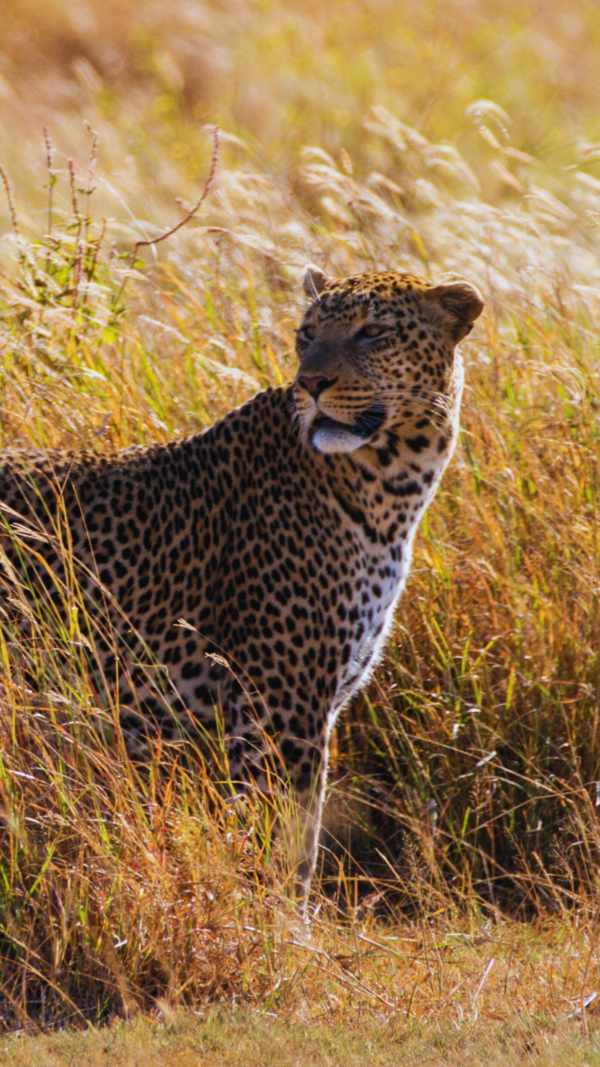7 scary-looking animals that are harmless to humans in reality

Scary-looking animals that are harmless to humans
It’s easy to judge an animal by its appearance. Unusual features, sharp claws, large size, or a reputation shaped by myths can quickly lead to fear or avoidance. But in many cases, the animals that look the most intimidating are completely harmless, and often misunderstood. From massive sea creatures to strange-looking animals in the forest, some of nature’s weirdest animals might look scary, but they’re actually harmless to people. In fact, they play an important role in their natural habitats. Here are seven animals that seem scary but are safe for humans.

Aye-Aye
The aye-aye is a small primate with a distinctive appearance– large eyes, a thin frame, and an extra-long middle finger used for digging insects out of trees. Its look has led to superstition in some regions, where it’s wrongly seen as a bad omen. But the aye-aye is harmless to people and plays an important role in pest control within its ecosystem.

Basking Shark
The basking shark might look scary because of its giant size and wide-open mouth, but it’s completely harmless. It only eats tiny plankton by filtering them from the water. Even though it’s the second-largest fish in the world, it’s calm and not a danger to people.

Vultures
Vultures often get a bad reputation because of their bald heads and link to death, but they don’t hunt or kill animals– they feed on carcasses. By doing so, they play a vital role in preventing the spread of disease and keeping ecosystems clean. These birds are not aggressive and generally avoid human interaction.

Gharial
The gharial is a crocodile-like reptile with a long, narrow snout filled with sharp teeth. It may look dangerous, but it’s built for catching fish, not hunting large animals. Its jaw is too fragile to pose a real threat to humans, and it’s known to be shy and reclusive.

Milk Snake
The milk snake is often mistaken for the venomous coral snake because of its similar colouring. But unlike its lookalike, the milk snake is not venomous. It’s harmless to people and is often kept as a pet. Its pattern is a survival strategy to deter predators, not a sign of danger.

Giant African Millipede
This species can grow over a foot long and has numerous legs, making it look intimidating. But it’s a slow-moving creature that feeds on dead plant matter and doesn’t bite or sting. Its only defense is releasing a mild chemical that smells unpleasant but isn’t harmful to humans.

Manta Ray
Despite its size and the nickname “devilfish,” the manta ray is calm, intelligent, and harmless. It doesn’t have a stinger and feeds on plankton. Manta rays often glide peacefully through the ocean and are known to interact gently with divers.








